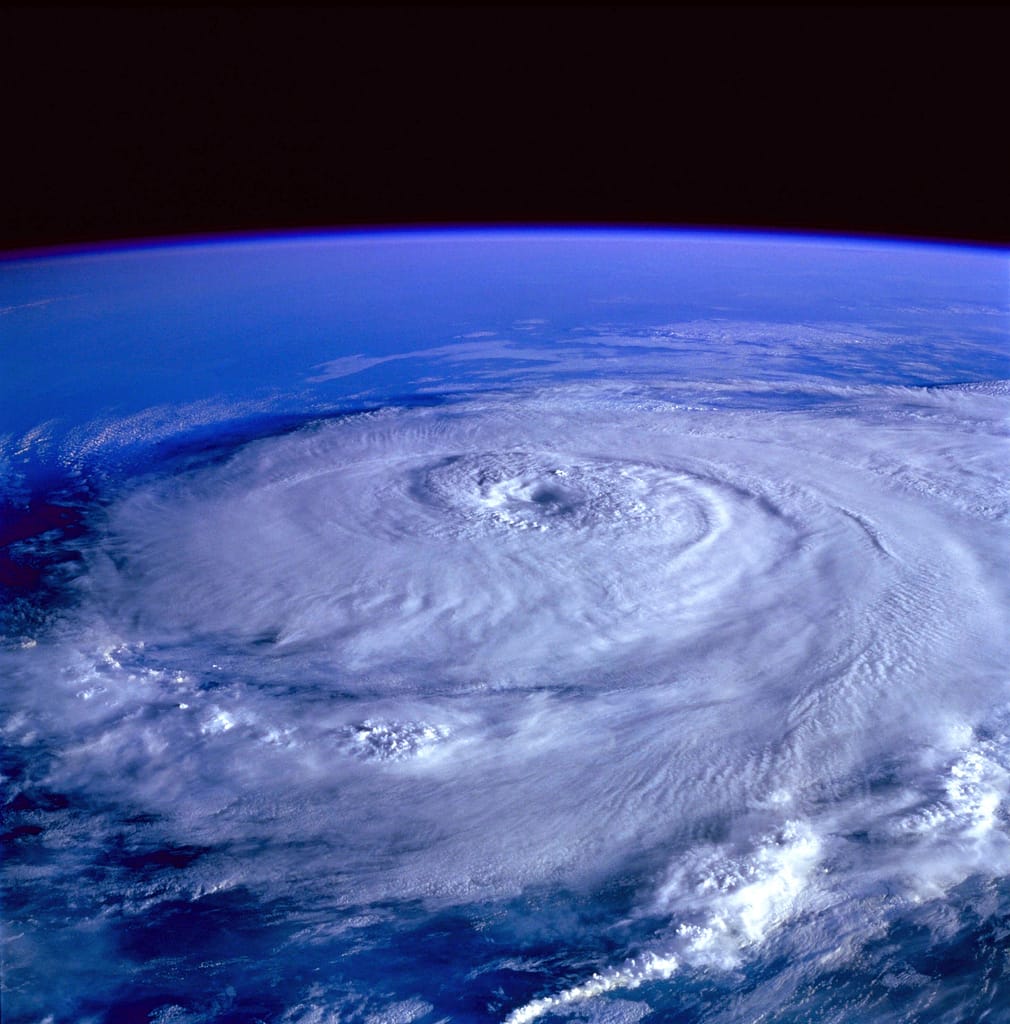As September unfolds, so does the peak of hurricane season in many parts of the world, particularly in regions like the Atlantic and the Gulf of Mexico. In 2023, we find ourselves once again at the mercy of Mother Nature, as meteorologists and disaster preparedness agencies closely monitor the development of storms. This article aims to provide you with a comprehensive overview of the hurricane season in September 2023, the factors influencing it, and the essential steps you should take to prepare for potential hurricanes.
Understanding Hurricane Season
Hurricane season typically spans from June 1st to November 30th in the Atlantic Ocean, and from May 15th to November 30th in the Eastern Pacific Ocean. While hurricanes can form outside of these dates, the majority occur within this timeframe. September is often considered the peak of the season due to the convergence of several key factors.
- Warm Sea Surface Temperatures: Hurricanes thrive on warm ocean waters. In September, the waters in the Atlantic and Gulf of Mexico have had months to heat up, providing ample energy for storm formation and intensification.
- Reduced Wind Shear: Wind shear, the change in wind speed and direction with altitude, can disrupt the development of hurricanes. During September, wind shear typically decreases, allowing storms to organize and strengthen more easily.
- Atmospheric Moisture: Moisture in the atmosphere is essential for hurricane formation. September tends to be a moist month, with a greater potential for the development of tropical disturbances and subsequent hurricanes.
- Favorable Weather Patterns: Weather patterns in September often create conditions conducive to hurricane formation and movement. These patterns can lead to hurricanes making landfall in vulnerable regions.

Hurricanes in September 2023
While it is impossible to predict the exact number and intensity of hurricanes for any given season, several notable hurricanes have already impacted various regions in September 2023.
- Hurricane Ida: One of the earliest and most devastating hurricanes of the season, Hurricane Ida made landfall on the Gulf Coast of the United States in late August and continued to wreak havoc in early September. The storm caused extensive flooding, power outages, and significant damage to communities in Louisiana and Mississippi.
- Hurricane Larry: Larry, a powerful Category 3 hurricane, developed in the Atlantic Ocean and caused significant concerns as it tracked northward toward Bermuda in early September. While it didn’t make a direct landfall, it produced dangerous swells and rip currents along the U.S. East Coast.
- Hurricane Nora: Nora developed in the Eastern Pacific and moved northward toward the Baja California Peninsula in early September. While it weakened before making landfall, it still brought heavy rainfall and flooding to parts of Mexico.
Preparation and Safety Measures
Given the unpredictability of hurricanes, it is crucial for individuals, communities, and governments to be well-prepared. Here are some essential steps to take during the peak of hurricane season:
- Stay Informed: Keep a close eye on weather forecasts and updates from trusted sources, such as the National Hurricane Center (NHC) in the United States or your local meteorological agency. Stay informed about the development and potential path of any approaching hurricanes.
- Create an Emergency Kit: Prepare an emergency kit that includes non-perishable food, water, first-aid supplies, flashlights, batteries, important documents, and any necessary medications. Ensure that you have enough supplies to last several days.
- Evacuation Plan: If you live in a hurricane-prone area, have a well-defined evacuation plan in place. Know your evacuation route and destination, whether it’s a designated shelter or the home of a friend or family member in a safer location.
- Secure Your Property: Take precautions to protect your home and property. This may involve installing storm shutters, reinforcing doors and windows, and securing outdoor objects that could become projectiles in high winds.
- Insurance: Review your insurance policies, including homeowners or renters insurance, to ensure you have adequate coverage for hurricane-related damages. Consider flood insurance, as many standard policies do not cover flood damage.
- Communication Plan: Establish a communication plan with your family and loved ones. Make sure everyone knows how to reach each other in case of separation during an evacuation.
- Stay Updated: As the hurricane approaches, continue to monitor updates and follow any evacuation orders issued by local authorities. Safety should always be your top priority.
Impact on Communities
Hurricanes can have far-reaching and devastating impacts on communities. The damage caused by high winds, storm surges, and flooding can be catastrophic. Additionally, hurricanes can disrupt essential services such as electricity, water, and transportation, leaving communities vulnerable in the aftermath.
It is essential for communities to have robust disaster preparedness and response plans in place. This includes:
- Evacuation Routes and Shelters: Local authorities should establish clear evacuation routes and designate shelters where residents can seek safety. These shelters should be adequately stocked with supplies and staffed with trained personnel.
- Emergency Services: First responders, including police, firefighters, and emergency medical personnel, should be prepared to assist residents in evacuation and rescue efforts. Adequate resources and coordination are essential for a swift response.
- Infrastructure Resilience: Communities should invest in infrastructure improvements that enhance resilience against hurricanes. This includes building codes that require hurricane-resistant construction and flood mitigation measures.
- Public Awareness and Education: Education and outreach programs can inform residents about hurricane risks and the steps they should take to prepare. Knowledgeable and informed communities are more likely to respond effectively during a hurricane.
Conclusion
As we navigate the peak of hurricane season in September 2023, it is crucial to remain vigilant and prepared. While we cannot control the forces of nature, we can take proactive steps to protect ourselves, our families, and our communities. Staying informed, having a well-thought-out plan, and being ready to adapt to changing circumstances are key to weathering the storms that this season may bring. By working together and prioritizing safety, we can minimize the impact of hurricanes and build resilient communities that are better prepared for future challenges.
